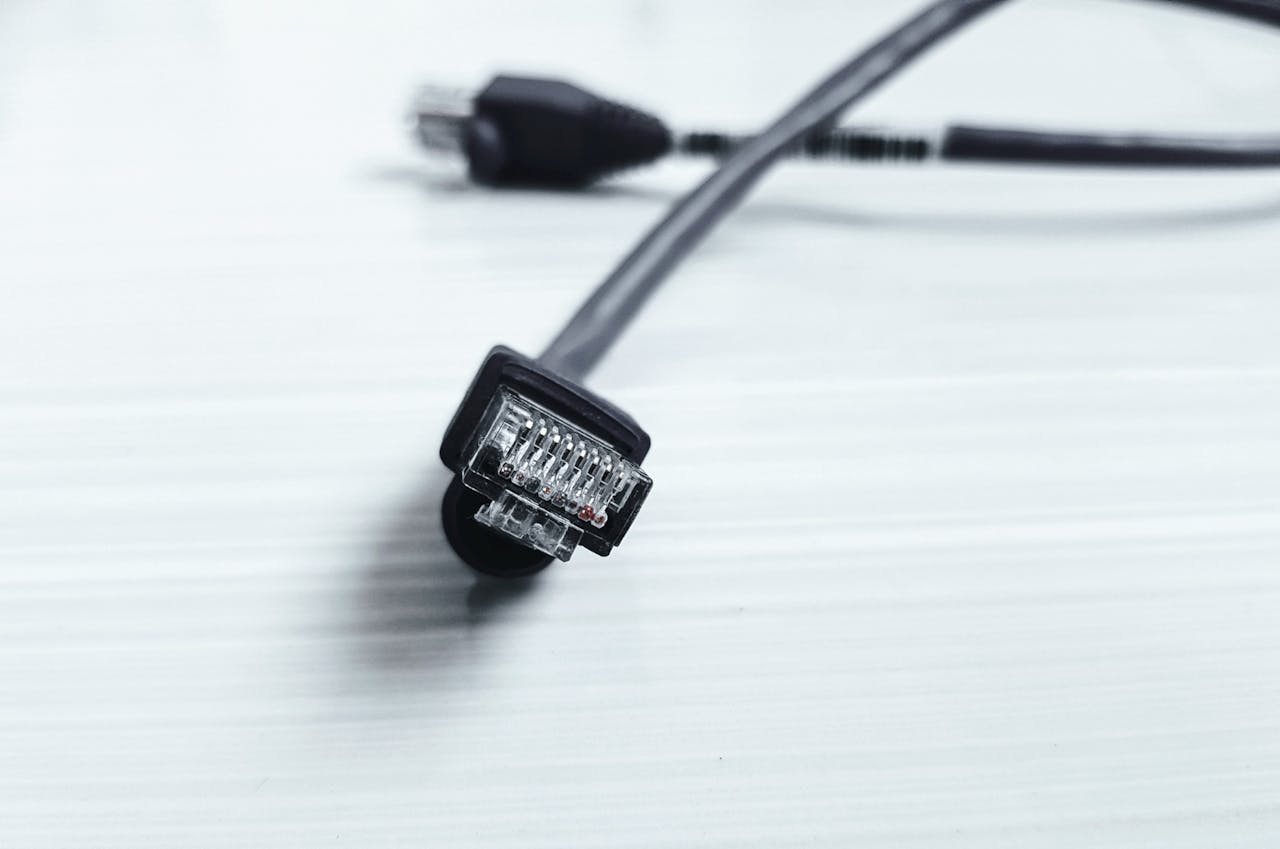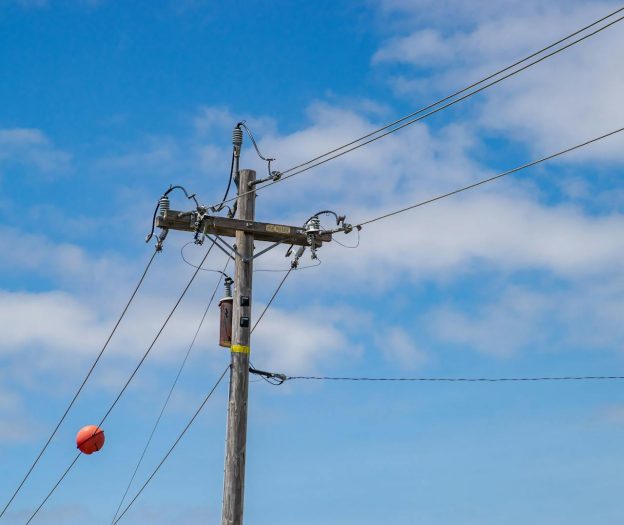Choosing the right internet service can be a bit tricky. Two popular options are DSL and cable. Each has its own pros and cons. In this article, we’ll help you understand the differences so you can make the best choice for your needs.
Key Takeaways
- DSL uses phone lines and is usually slower but more widely available.
- Cable internet uses TV cables and is generally faster but can be more expensive.
- Speed and reliability of both services can vary based on location and provider.
- DSL is often better for light internet users, while cable is better for heavy users.
- Consider your budget, internet usage, and location when choosing between DSL and cable.
Understanding DSL and Cable Internet
What is DSL Internet?
DSL, or Digital Subscriber Line, uses existing copper telephone lines to provide internet access. This type of connection is always on, unlike traditional dial-up. DSL speeds can range from several hundred Kbps to millions of Mbps, but performance decreases with distance from the provider’s location. There are different types of DSL, such as ADSL for residential use and SDSL for businesses needing significant bandwidth.
What is Cable Internet?
Cable internet uses coaxial cables, the same ones used for cable TV, to deliver internet service. This type of connection is generally faster and more reliable than DSL. Popular providers include Xfinity, Spectrum, and Cox Communications. Cable internet is widely available and can support higher speeds, making it suitable for heavy internet users.
Key Differences Between DSL and Cable
- Speed: Cable internet typically offers higher speeds compared to DSL.
- Availability: DSL is more widely available, especially in rural areas, because it uses existing phone lines.
- Reliability: Cable internet can experience slowdowns during peak usage times due to shared bandwidth, while DSL speeds are more consistent but can degrade with distance.
Speed Comparison: DSL vs Cable
Typical DSL Speeds
DSL internet speeds generally range from 3 Mbps to 115 Mbps. This makes DSL suitable for light internet activities like checking emails, browsing, and streaming on one or two devices. DSL’s top speed of 100 Mbps is plenty fast for most users. However, the actual speed you get can depend on how far you are from the provider’s central location.
Typical Cable Speeds
Cable internet speeds are typically much faster, ranging from 10 Mbps to 1,200 Mbps. This makes cable a better option for heavy internet users, such as gamers and streamers. With cable, you can enjoy mid-range speeds of 100-500 Mbps, which are perfect for large households. Cable internet is generally faster and more reliable than DSL.
If you’re looking for fast and reliable cable internet, VMedia offers a range of internet plans to suit your needs. With competitive pricing and reliable service, VMedia provides internet options to ensure you stay connected, no matter where you are.
Explore VMedia’s internet plans to find the right fit for your home. Click here.
Factors Affecting Internet Speed
Several factors can affect your internet speed, whether you choose DSL or cable. For DSL, the distance from the provider’s central location plays a significant role. The farther you are, the slower your speed. For cable, network congestion can be an issue, especially during peak usage times. Both types of internet can be affected by the quality of your modem and the overall network traffic.
Related: How to Login to Your Router and Change Wi-Fi Settings
Availability and Coverage
Urban vs Rural Availability
When it comes to internet availability, location plays a crucial role. Urban areas generally have more options for both DSL and cable internet. In cities, you can often find multiple providers offering competitive plans. On the other hand, rural areas may have limited choices. While DSL is more likely to be available in remote locations due to its reliance on existing telephone lines, cable internet might be harder to find.
Provider Options for DSL
DSL internet is widely available across various regions. Many providers offer DSL services, making it a viable option for those living in both urban and rural areas. Some of the well-known DSL providers include Bell, Rogers, Telus, and Shaw. These companies offer a range of plans to suit different needs and budgets.
Provider Options for Cable
Cable internet is also widely available but tends to be more common in urban and suburban areas. Major providers like VMedia, Bell, and Rodgers offer cable internet services. These companies provide various plans with different speeds and prices, catering to a wide range of users. However, in some regions, you might find only one cable provider, limiting your options.

Cost and Pricing
Monthly Costs for DSL
DSL internet plans typically range from $32.99 to $69.95 per month. The cost largely depends on the speed and the provider. Most DSL plans offer speeds between 3.5 Mbps and 500 Mbps. DSL plans are often more affordable for those who don’t need very high speeds.
Monthly Costs for Cable
Cable internet plans usually start at around $19.99 and can go up to $109.99 per month. The price varies based on the speed and additional services included. Cable plans can offer speeds from 10 Mbps to 1,000 Mbps. Higher-tier cable plans are more expensive but provide faster and more reliable service.
Additional Fees and Charges
When considering the cost of internet service, it’s important to factor in additional fees. These can include installation fees, modem and router rental fees, and taxes. Some providers offer promotional prices and bundle deals, which can help reduce the overall cost.
Related: Slow Internet Driving You Crazy? Try These 7 Solutions
Reliability and Performance
When choosing an internet service, reliability and performance are crucial factors to consider. Both DSL and cable internet have their own strengths and weaknesses in this regard. Let’s explore these aspects in detail.
Suitability for Different Users
Best for Casual Users
For casual users who primarily browse the web, check emails, and stream videos occasionally, both DSL and cable internet can be suitable. DSL plans often provide enough speed for these activities, making them a cost-effective choice. However, if you have multiple devices connected at the same time, you might find cable internet more reliable.
Best for Heavy Streamers and Gamers
Heavy streamers and gamers require higher speeds and lower latency to ensure smooth performance. Cable internet typically offers higher speeds and more stable connections, making it a better option for these users. If you have a large household with multiple people streaming or gaming simultaneously, a cable plan with at least 100Mbps is recommended.
Considerations for Remote Workers
For remote workers, having a fast and dependable internet connection is crucial for tasks like video calls, sharing files, and other online activities. Upload speed plays a key role in making sure everything runs smoothly.
While DSL and cable internet are both options, cable typically offers faster upload speeds, making it a better fit for remote work. If your job requires a lot of data usage, opting for a higher-speed cable plan can help you work efficiently without any interruptions.
VMedia’s cable internet plans are perfect for remote workers, streamers, and gamers who need fast and reliable connections. If you require a budget-friendly option, VMedia’s DSL plans provide stable connections for everyday internet activities at an affordable price.
Discover VMedia’s affordable internet plans and get connected today. Learn more.

Installation and Setup
Self-Installation vs Professional Installation
When it comes to setting up your internet, you have two main options: self-installation or professional installation. Self-installation is often the cheaper route and can be done if you have some basic tech skills. For DSL, all you need is a modem, a router, and a phone cord. For cable, you’ll need a modem and a router connected via an Ethernet cable. If your home is already wired for cable, this should be straightforward. However, if it’s not, you might want to opt for professional installation, which can cost between $50 to $100.
Required Equipment for DSL
For DSL internet, you’ll need a modem and a router. Some providers offer a combined device known as a gateway. You can either rent this equipment from your provider, usually for around $10 per month, or purchase your own to save on rental fees. Make sure to ask about any promotions that might include free equipment.
Required Equipment for Cable
Cable internet also requires a modem and a router. Similar to DSL, you can rent a gateway from your provider or buy your own. If you choose to rent, the cost is typically around $10 per month. VMedia often includes the gateway as part of your monthly bill, so be sure to check if this is an option for you.
Getting started with our services is a breeze. Visit our website to explore our plans and find the perfect fit for your needs. Whether you need high-speed internet, TV, or phone services, we have you covered. Don’t wait, start your journey with us today!
Conclusion
Choosing between DSL and cable internet depends on your specific needs and circumstances. If you need high-speed internet for activities like streaming, gaming, or working from home, cable is likely the better choice due to its faster speeds and reliability.
On the other hand, if you have lighter internet usage, such as browsing and emailing, and are looking for a more budget-friendly option, DSL might be sufficient. Both options have their pros and cons, so consider what’s most important for your household before making a decision.

